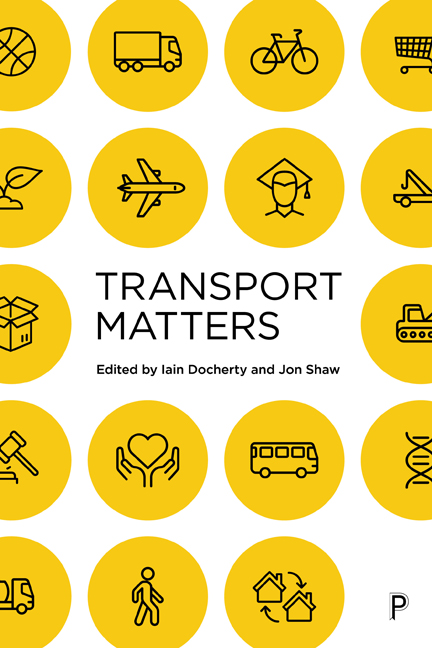13 - Disruption and Resilience: New Realities?
Published online by Cambridge University Press: 03 March 2021
Summary
Introduction
Even as recently as the late 1980s, the British public was being sold the vision of a transport system that would be expanded to cater for the future growth that would come with rising prosperity (Department of Transport (DoT) 1989). Fast forward to today and we see systems that are run at, or over, their capacity with limited reserve or redundancy (Mattsson and Jenelius 2015; Chapter 1). Frequently vulnerable to even the smallest of breakdowns and accidents, we have a system that is seen to be unreliable and increasingly in peril. This matters to passengers and businesses, and therefore on occasion to politicians (House of Commons 2009, Confederation of British Industry (CBI) 2014, Transport Focus 2015a, 2015b). Road traffic congestion alone has been estimated to cost the economy billions of pounds a year (Centre for Economics and Business Research (CEBR) 2014). The focus of policy today is on managing rather than accommodating demand, improving the efficiency of journeys, investing in pinch point congestion remediation and creating a more ‘informed traveller’ (Department for Transport (DfT) 2015, Transport Systems Catapult (TSC) 2015, National Infrastructure Commission (NIC) 2016). All of this is a recognition that delays and disruption have increasingly become part of the normal experience of travelling and that, in the face of anticipated traffic growth (DfT 2015; although see also Chapter 7), this is set to become worse. While in this chapter we focus on how the UK is approaching managing increasing disruption, this is a problem being faced by many cities and countries where the growth in demand for transport is outstripping or has outstripped the supply of infrastructure and services.
Understanding disruption
Disruption is such a common term in discussing transport today it is tempting to presume that those using it share some common understanding. We would suggest that how we understand and represent disruption is critical to how the problem is defined, what the solutions are seen to be and, therefore, what is in and out of scope. What are the competing interpretations of disruption? Mattsson and Jenelius’ (2015) recent review characterises transport disruption in terms of the transport system's reliability and vulnerability. Figure 13.1 illustrates their distinction between the two concepts, which is developed from a risk perspective.
- Type
- Chapter
- Information
- Transport Matters , pp. 303 - 326Publisher: Bristol University PressPrint publication year: 2019



